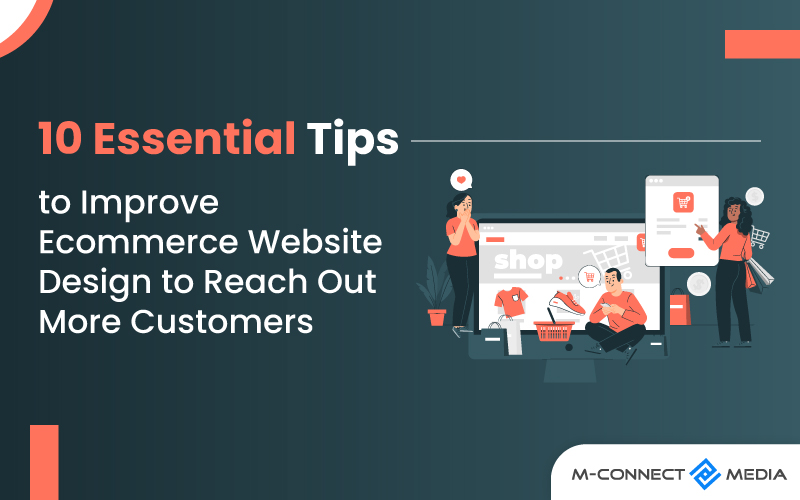CPOpen: Your Gateway to Current Affairs
Stay updated with the latest trends and insights across various topics.
Designing Your Digital Storefront: Where Aesthetics Meet Sales
Transform your online shop with stunning designs that boost sales. Unlock the secrets of a captivating digital storefront today!
5 Key Elements of an Effective Digital Storefront Design
Creating a successful digital storefront requires a keen understanding of user experience and design principles. The five key elements that define an effective digital storefront design include: clear navigation, compelling visuals, mobile responsiveness, informative content, and strong calls to action. Prioritizing these aspects not only enhances the shopping experience but also contributes to higher conversion rates. For more on enhancing user experience, visit Smashing Magazine.
Clear navigation is crucial; it allows customers to find what they need without frustration. Compelling visuals, including high-quality images and videos, can engage visitors and showcase products effectively. Additionally, a mobile-responsive design ensures that users on all devices have a seamless experience, making your storefront accessible to a wider audience. Supplementing these elements with informative content, such as product descriptions and customer reviews, can significantly influence purchase decisions. Lastly, employing strong calls to action will drive conversions by prompting users to take specific steps, like adding products to their cart. For an in-depth look at conversion optimization, check out Optimizely.

How to Enhance User Experience in Your Online Store
Improving user experience (UX) is critical for enhancing customer satisfaction and boosting conversions in your online store. Start by ensuring that your website is visually appealing and easy to navigate. A clean design with a clear layout helps users find what they're looking for quickly. Implement a responsive design so your store looks great on all devices, including tablets and smartphones. Keep your content organized by using categories and filters, as this allows customers to narrow down their options efficiently. For more tips on website design, check out Smashing Magazine.
Another crucial aspect of enhancing user experience is optimizing your site's loading speed. According to studies, a mere one-second delay in page load time can lead to a significant drop in conversions. Utilize tools like Google PageSpeed Insights to identify areas for improvement and consider optimizing images, reducing server response times, and minimizing redirects. Furthermore, incorporating customer reviews and high-quality product images builds trust and provides valuable information that aids decision-making. To learn more about page speed optimization, visit Google Developers.
What Makes a Digital Storefront Visually Appealing and Profitable?
Creating a digital storefront that is both visually appealing and profitable requires a blend of design principles and an understanding of user experience. A clean, modern layout with a clear navigation structure allows visitors to easily find what they are looking for. This can be achieved through the use of whitespace, contrasting colors, and high-quality images. According to Smashing Magazine, incorporating attractive visuals not only enhances aesthetics but also builds trust with potential customers. Additionally, integrating strong calls-to-action (CTAs) throughout the storefront can guide users toward making a purchase.
Another critical aspect is ensuring that the digital storefront is mobile-friendly. With a significant number of users shopping on their smartphones, a responsive design is essential. This means that the site should automatically adjust its layout based on the screen size, ensuring an optimal browsing experience. Research from Statista indicates that mobile e-commerce sales are continually rising, making this a key factor for profitability. Alongside this, utilizing analytics tools can help store owners understand user behavior, enabling them to tweak design elements to improve conversions further.